The Lone Star state has no shortage of state animals. Instead of choosing just one state animal, Texas chose 8 different animals, the Northern Mockingbird, the Nine-banded Armadillo, the Texas Longhorn, the Mexican Free-Tailed Bat, the Blue Lacy, the Texas Horned Lizard, the Monarch Butterfly, and Guadalupe Bass to represent the diversity of Texas’s culture and ecosystem.
Texas Small State mammal: Armadillo
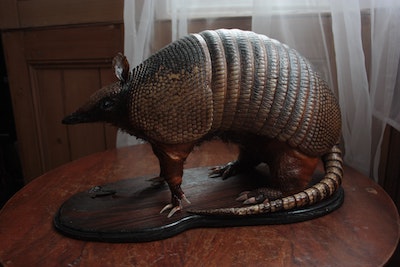
The nine-banded armadillo was selected as the small state mammal as an animal that “possesses many remarkable and unique traits, some of which parallel the attributes that distinguish a true Texan, such as a deep respect and need for the land, the ability to change and adapt, and a fierce undying love for freedom.”
The nine-banded armadillo is the only armadillo species native to North America and it is found as far north and east as Oklahoma and Mississippi. The mammal is cat-sized, armored, and a major digger known for creating burrows in a variety of places including brush, woods, scrubs, and grasslands. The unique female armadillo only gives birth to quadruplets that have developed from the same egg, and therefore all of her four offspring are always of the same sex. Unfortunately, the nine-banded armadillo has become infamous in Texas for jumping in front of a car’s headlights so remember to keep a lookout while driving at night!
Texas State Bird: Northern Mockingbird
The Mockingbird’s origin story starts in 1920 when the General Federation of Women’s Clubs hatched the idea for each state to have a bird mascot. The Texas Federation of Women’s Club quickly caught on and nominated the Mockingbird to represent Texas. This nomination was extremely popular and the Texas State legislature noted that the mockingbird was “the most appropriate species for the state bird of Texas, as it is found in all parts of the state, in winter and in summer, in the city and in the country, on the prairie and in the woods and hills, and is a singer of a distinctive type, a fighter for the protection of his home, falling, if need be, in its defense, like any true Texan.”
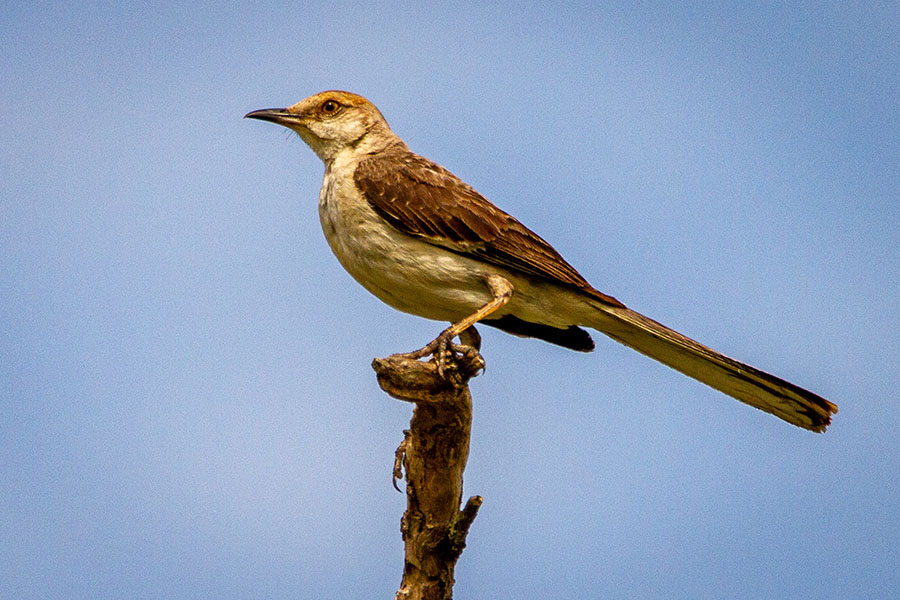
On January 31, 1927, Governor Dan Moody approved the measure and Texas became the very first state to choose a state bird. Since then, Tennessee, Florida, Mississippi, and Arkansas have followed in Texas’s lead and have also adopted “the mocker” as their official state bird. The admiration of the Mockingbird among state legislatures has left many wondering why the modest-looking bird is so popular. Although its appearance is less than spectacular, the Mockingbird is one of the only birds that can bless our ears with up to 200 different songs and continues to be a joy in many people’s lives.
Texas Large State Mammal: Texas Longhorn
In 1995, the Texas Longhorn was signed into law as Texas’s large state mammal by then-Governor George W. Bush. The largest mammal in Texas, Longhorns are descendants of the cattle first introduced to North America by Columbus in 1493. Known for its ability to swim rivers, survive the desert sun and winter snow, and travel many distances without water and food, the Longhorn became a symbol of the Texas cattle drives in the 1860s and 1870s. During the quarter-century following the Civil War, 10 million Longhorns were driven north from Mexico into Texas and were almost bred out of existence.
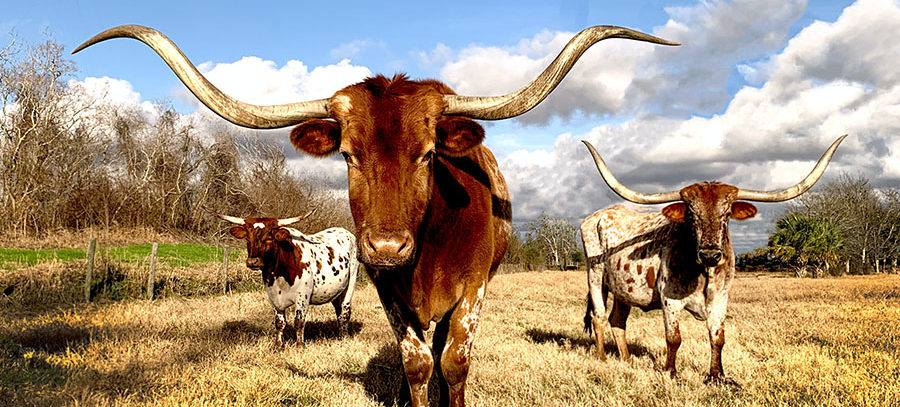
Cowboy writer Chuck Walters described the mammal by saying, “Their long, polished horns sometimes ran six feet from tip to tip … they were lean and lithe, alert as a deer, half-wild, half-savage, half-human.” This is quite accurate as horns can measure up to seven feet from tip to tip and can vary in style from rising close to the head or at the tip of the horn. Many horns vary in color and can have a slight upward turn at their tips or even a triple twist.
Texas Flying State Mammal: Mexican Free-Tailed Bat
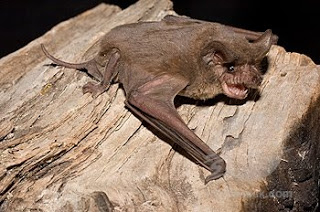
On May 25, 1995, the Mexican Free-Tailed Bat was adopted as the Texas state flying mammal. The intelligent and unique mammal lives in caves in the southern US and Central and South America. 20 miles from downtown San Antonio hosts the largest concentration of these bats in the world in an area known as Bracken cave. An estimated 20 million bats roost in the cave from March to October, making it the world’s largest bat colony and one of the largest concentrations of mammals on earth.
To commemorate this extraordinary event, the Texas legislature said, “the 20 million bats there devour 250 tons of insects; throughout the summer the number of insects including mosquitos and crop pests disposed of is immeasurable; all of this is accomplished without the use of pesticides; and Increasingly, the importance of bats in a healthy ecosystem is being appreciated and protected; this is especially true in Texas.” Hungry Texan bats can fly up to 100 miles round trip and can fly up to 60 miles per hour in just one evening. But when the first cold fronts arrive through the Texas Hill Country in late October to mid-November, the bats leave to the warm beaches of Mexico and stay there until next spring.
Texas State Dog: Blue Lacy
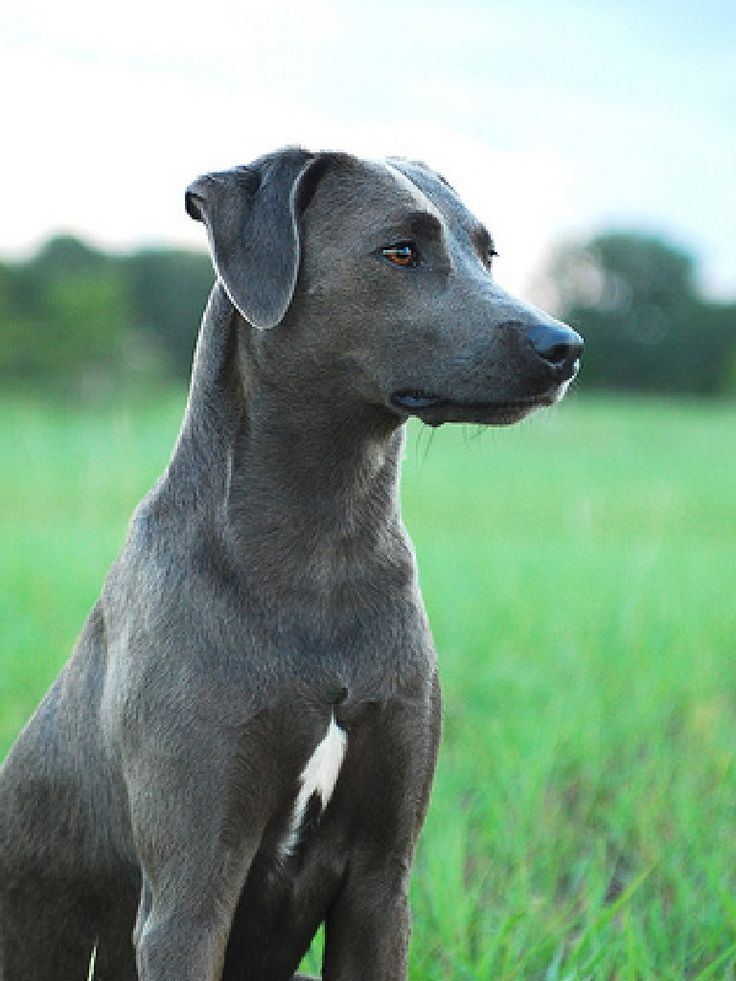
On June 18, 2005, the Blue Lacy was officially adopted as the Texas State Dog. The Blue Lacy’s origins began in 1858 when brothers George, Ewin, Frank, and Harry Lacy created the species with a greyhound, scenthound, and a coyote. The resulting creation had a blue-gray coat and consequently picked up the name “Blue Lacy.” Although all dogs carry the blue gene, some can have red or tri-colored coats.
The Blue Lacy soon rose to popularity as a useful ranch dog in southwest Texas where they were useful for herding, hunting, and general ranch work. In a statement about the species, the Texas legislature said, “Blue Lacy were a common fixture on ranches in the Southwest, where it was said that one such dog could do the work of five cowboys; intelligent, energetic, fast, eager to work, and easy to train and handle, Lacy herded cattle, hogs, and chickens, and also served as droving and hunting dogs.”
Texas State Reptile: Texas Horned Lizard
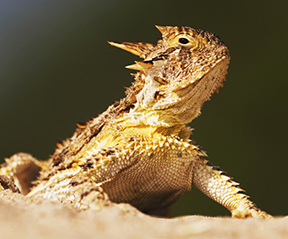
In 1993, The Texas Horned Lizard was adopted as the Texas state reptile. Also known as the horned toad, horned frog, and horny toad, the species can be found in arid open areas with sparse plant cover. The lizard mostly eats insects such as beetles, spiders, grasshoppers, and ants and is famous for inflating its body to frighten enemies. In 1967, the horned lizard was classified as a threatened species by the Texas Parks and Wildlife Department.
For twenty years nothing changed until horned lizard lover Bart Cox persuaded his state representative to introduce a resolution to the Texas State legislature that would make the species the state reptile. Sure enough, the legislature found that “the horned lizard possesses numerous attributes that qualify it for designation as an official representative of our state; despite a spiny exterior that presents a forbidding appearance, it is at heart a docile and peaceful creature.”
Texas State Insect: Monarch Butterfly
In 1993, the Monarch Butterfly was adopted as the Texas state insect. Texas plays a vital role in the life cycle of the monarch butterfly due to its location. In the winter, the butterflies hibernate in the mountain of Mexico until spring when they migrate to Canada. During their journey, they lay their eggs in Texas and in other southern states. In August, the butterflies stop in Texas to rest and feed before returning to Mexico. This cycle has repeated for generations of butterflies who have avoided becoming prey due to the poisonous milkweed plant that they consume.
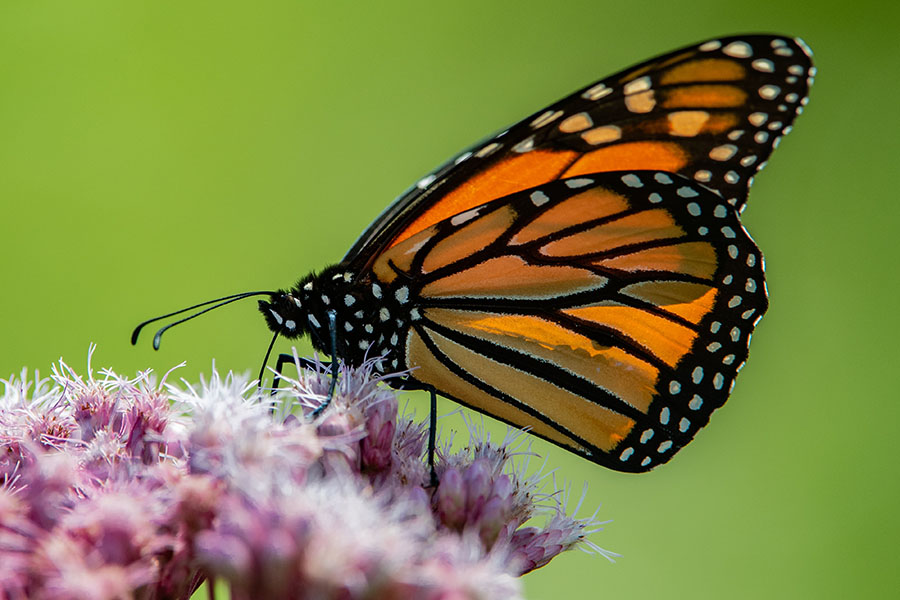
The black, orange and white butterfly’s iconic behavior was perfectly described by the Texas legislature, “The monarch butterfly is as beautiful and memorable as a Texas sunset, soaring above all other insects in its nobility and determination, and its unique relationship with Texas makes it a truly appropriate symbol of the majestic spirit of the Lone Star State.”
Texas State Fish: Guadalupe Bass
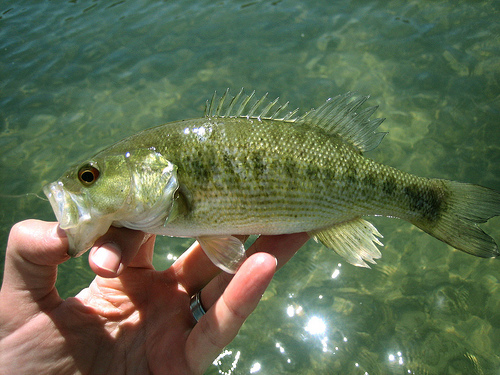
In 1989, the Guadalupe Bass was adopted as the Texas state fish. Known for its hard-fighting spirit and popular among fly fishers, the Guadalupe Bass industry has boomed in Central Texas, bringing in $70 million dollars annually. The fish is exclusive to Texas and is reliant on fast-running streams and small rivers to hunt prey (insects and small fish) and avoid predators. After adopting the fish, the Texas Legislature stated, “the sheer abundance of Guadalupe bass is living testament to the sparkling purity of our state’s freshwater tributaries.”
Frequently Asked Questions about Texas State Animals
What is the Texas Official State Animal?
While there are 8 state animals for Texas, the Longhorn is the Texas state animal that best represents Texas and therefore is our choice for the Texas state animal. Officially, the Longhorn is the Texas large mammal and the armadillo is Texas small mammal.
What is the Texas State Animal and Bird?
The Longhorn is the Texas state animal and the Mockingbird is the Texas state bird. Since there are 8 state animals in Texas some might claim that
Why does Texas have two state Mammals?
In June of 1995, hundreds of elementary school children voted for the Texas state mammal in a mock election. Because the results were a dead tie between the armadillo and the longhorn, legislators decided to create a small state mammal and a large state mammal. Then-Governor George W. Bush signed the them into Law as the large and small state mammals later that year.
Texas has every reason to be proud, not only for our past, but also our present, and likely for our future years. We were heroic in claiming our independence from Mexico, and now asserting our differences with the rest of the United States. We’re a proud and brave people, courteous almost to a fault, but quick to defend our states’ good name and reputation. Don’t mess around with us, respect our ways, don’t try to convince that your ways are better, and we’ll get along quite well, famously in fact. Otherwise, we may have problems.
Although we welcome friendly newcomers, we’re proud to be native Texans, such as I ,and so many others are. Good luck to you, and we’re proud to share our state with you!
Larry L. G.